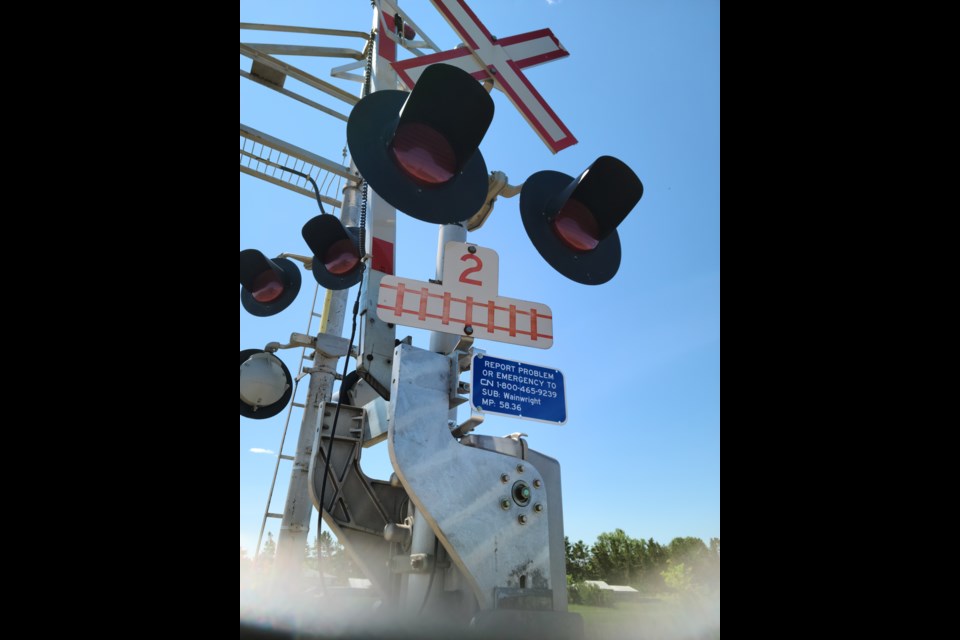UNITY - CN Rail Constable Dean Solowan recently talked to the Unity-Wilkie Press-Herald about a number of concerns from both CN Rail and residents, providing some helpful information.
Solowan provided these additional railway stats and safety tips.
- Every year in North America there are approximately 2100 people who are seriously injured or killed because they make wrong choices around the trains or on railway property. Almost every one of these incidents is preventable. Please do your part and obey all railroad signs and keep a safe distance from railway property.
- Never climb over or under railway cars. These railway cars could move without warning and the outcome is life changing.
- Speed misperception: Because of their size, trains appear to be much further away and travelling much slower than their actual speed. Don’t be fooled.
- Any time is train time: Trains do not always run on a schedule. They can run at any time, on any track and come from either direction.
- Where to cross the tracks: The only safe and legal place to cross the tracks is at a marked crossing or designated sidewalk. A simple up and over is dangerous and illegal as well, what type of example are you setting for other people that may see you?
- Train overhang: You may think your safe standing off to the side of the railway tracks when a train passes by. Actually, a train overhangs a minimum of three feet on either side of the rail. This danger zone can also be increased if there was loose strapping, or something shifted in the load. This is one reason why all railway lines have Right of Ways that extend on each side of the rail.
- All Off Highway Vehicles (OHV’s) are not permitted on railway property. “Rails are not meant to be trails.” Even the quick up and over is trespassing. OHV’s actually degrade the foundation of the railway base and “yes” freight and passenger trains do hit OHV’s.
- Taking photographs or creating videos on Railway property is both dangerous and also illegal. You may spark interest in a copycat photographer and now they are putting themselves in an unsafe place.
In case of an emergency, motorists or pedestrians are encouraged to contact the CN Police Emergency Number 1800-465-9239 which is posted at every public crossing on thenetwork. In addition to the phone number, this yellow sticker includes the CN subdivision name and mileage point. When this information is provided to CN dispatch they will know where you are across the vast network. This phone number 1888-465-9239 is monitored 24/7, or you can call 911.
CN Public Inquiry Line is the central point of contact for the public 1 888-888-5909. These inquiries may include noise, train whistling, crossing condition or property maintenance.
Railways are part of our community and safety measures are important to know and adhere to in help preventing dangerous situations or tragic outcomes.
Residents can also check out the following website for railway safety resources and statistics.
Operation Lifesaver Safety Resources on Railway https://www.operationlifesaver.ca/
Operation Lifesaver Railway Statistics https://www.operationlifesaver.ca/resources/statistics/



